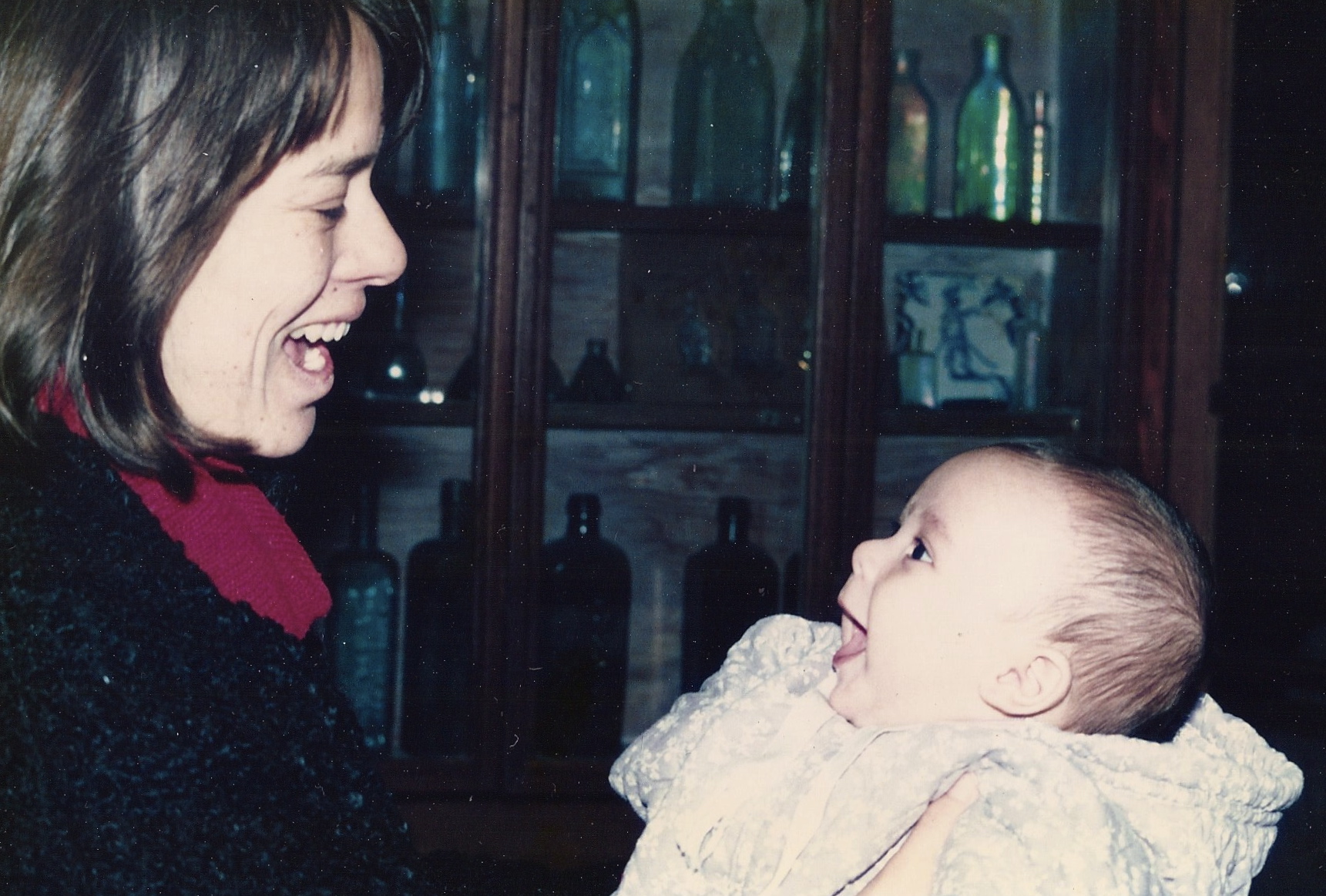One of the first things I remember hearing after my baby was born was, “You had a beautiful baby boy”. I named him Daniel and started dressing him in clothes made for boys. But, raising a child is often full of the unexpected.
“Accept the children the way we accept trees—with gratitude, because they are a blessing—but do not have expectations or desires. You don’t expect trees to change, you love them as they are.”―Isabel Allende
It soon became obvious that Danny was different than other boys. He loved Barbie dolls, dressing up in skirts and shimmery things, and preferred girl playmates to boys. Years later, my son is an out proud gay man, and I’m out and proud to be his mother. But I didn’t start out this way.
I had a lot of expectations about how my son was supposed to be and went through periods of doubt and confusion. Was there something wrong with my son? Was I doing something wrong as a parent? Here are some things I know now, that I wish I had known then. If you are an expecting or new parent or caregiver, knowing these things may help you breathe easier and prepare for the unexpected.
1. If your child doesn’t fit gender stereotypes, you are not alone. Like my son, many children don’t follow the rules for their gender. Nearly one in ten elementary school children say they don’t act or look like others expect them to based on gender.
2. Clothes and toys don’t have genders. A child of any gender can love dresses, dolls, action figures, sports, ponies, pretty things, trains, sweatpants, pink or blue. Obviously, the toy and clothes industries markets to different genders, but this is not natural. It is natural for children have a wide range of things they like and healthy for parents and caregivers to support this. Consider what options you want to provide for your child as you welcome them into this world. Lori Duron, in- Raising My Rainbow (p. 72), says, “Imaginative play is encouraged in our house. No matter the character. No matter the gender.”
3. Your child’s gender may not be what you think. Some children are transgender and don’t identify with the gender they are assigned at birth. Though doctors and families usually assume a child’s gender based on genitals, gender identity is something that people feel inside. It’s important to keep an open mind and allow your child space to discover their own gender identity. Being transgender is not a disorder or mental illness. Most problems transgender people face are due to discrimination they face from society, including their own families. People who are transgender can live full and happy lives.
4. Children aren’t confused about their gender identity. Parents and caregivers sometimes think children are confused about their gender identity. But most children have a stable gender identity starting at a very young age. If your child’s gender identity is not what you expected, it important to deal with any concerns you have so that you can give your child the support they need.
5. Your child may be lesbian, gay, or bisexual (LGB). Biases about your child’s sexual orientation can be harmful, even at a young age. Many LGB children are afraid to come out because they fear family rejection or believe their families are homophobic. Keeping an open mind and using respectful language can help a child feel safe to discover and disclose their identity. Homosexuality is not a disorder or mental illness. People who are lesbian, gay and bisexual can live full and happy lives.
6. You can’t make your child gay, straight or transgender. You have no control over your child’s gender identity or sexual orientation. It is a myth that something you do as a parent or caregiver will make your child transgender or gay. It is also a myth that you can change your child’s identity through prayer, force, or therapy.
7. Gender boxes can be harmful to your child. It can be harmful to pressure any child to “act like a boy” or “act like a girl.” This pressure limits their freedom to explore their likes and dislikes and develop their talents. It can also harm self-confidence and make it unsafe for them to be their authentic selves. A growing number of people now practice gender neutral parenting, as an alternative to conforming to gender stereotypes.
8. Acceptance and loving your child makes a huge difference. By loving and accepting your child for who they are, you increase their chances of being happy and healthy. You may even be saving their life. Many families have discovered that having an LGBTQ child has changed their life for the better.
If your child is gender noncomforming, lesbian, gay, bisexual, or transgender, you are not alone and there is support for you.
Thanks to Concepción Tadeo for the photo!

